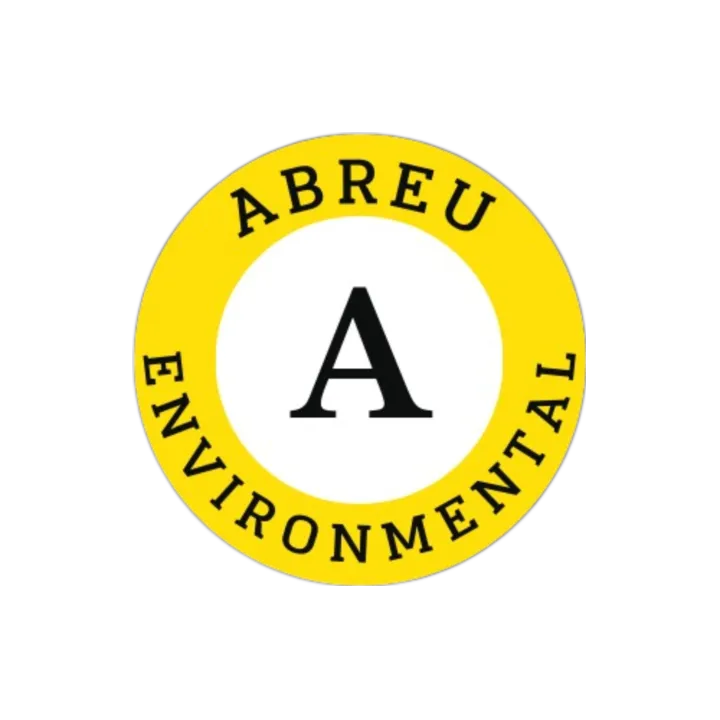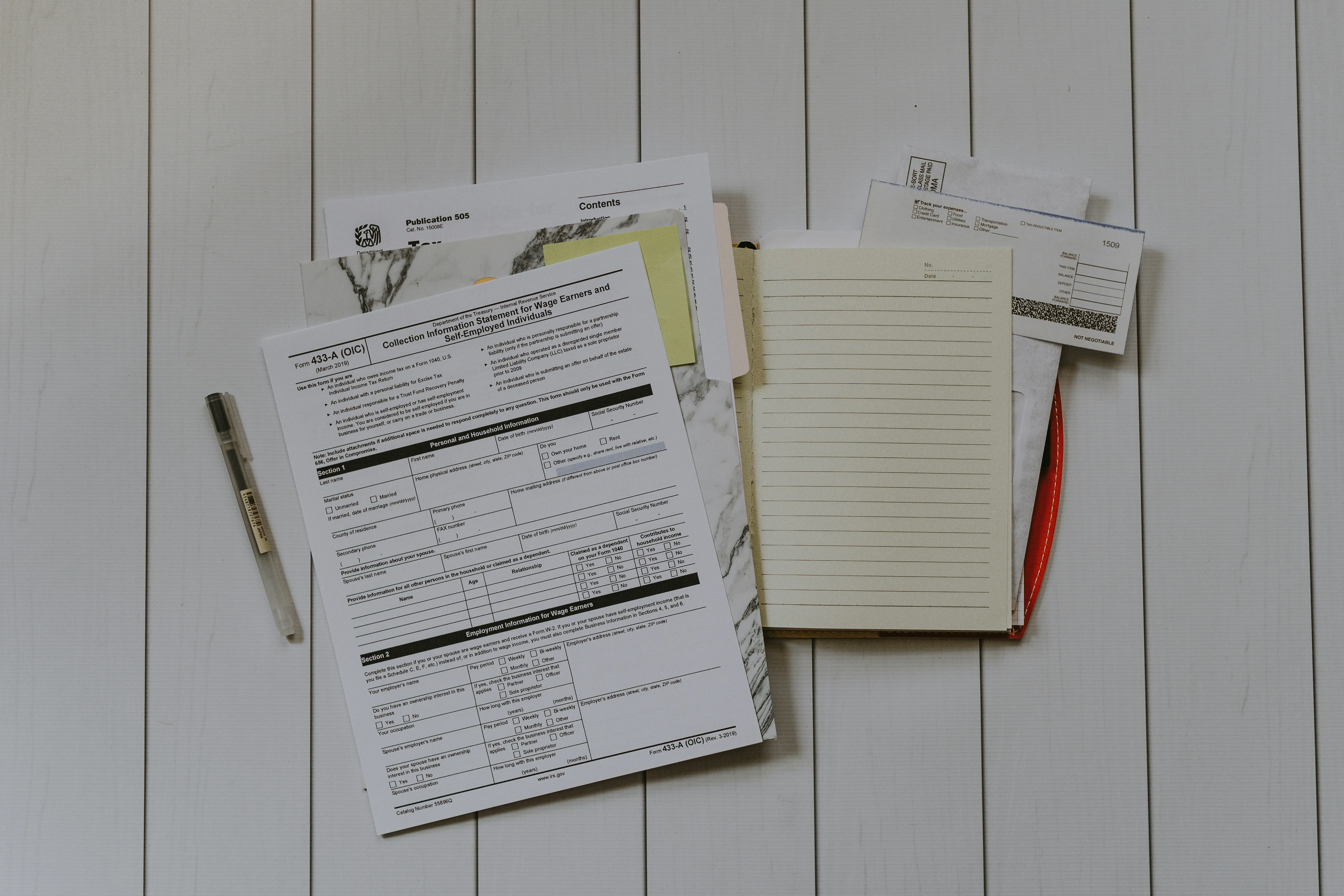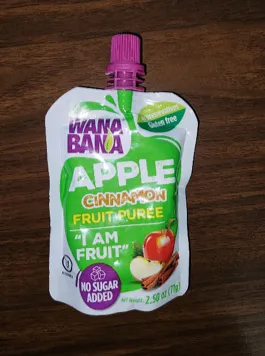Lower EPA Lead Levels
On January 7, 2021, the U.S. Environmental Protection Agency (EPA) published a final rule revising the dust-lead post-abatement clearance levels (DLCL) from 40 µg/ft2 to 10 µg/ft2 for floors and from 250 µg/ft2 to 100 µg/ft2 for window sills. EPA is notifying firms certified by EPA to conduct renovation, repair, and painting (RRP) activities, of the effect of this rule on their work. EPA’s RRP program, which aims to protect the public from lead-based paint hazards associated with renovation, repair, and painting activities, includes optional dust-lead clearance testing (see 40 CFR § 745.85(c)). As a result of this revision, if the optional dust-lead clearance testing is utilized, RRP firms will need to ensure their certified risk assessors, inspectors, and dust sampling technicians compare post-renovation dust sampling results for floors and window sills to the new, lower DLCL from this rule. If sampling results are equal to or greater than the corresponding clearance levels, then the renovation fails clearance, and those components represented by the sample must be recleaned and retested until clearance can be achieved. In addition, RRP firms may be called upon to conduct additional cleaning in order to achieve clearance and complete renovation projects as a result of these lower DLCL. However, this revision does not affect the existing dust-lead clearance levels for window troughs, which are set at 400 µg/ft2. The final rule does not change any renovation requirements, and EPA’s revisions to the DLCL do not retroactively compel actions. EPA encourages firms to check with their state and local agencies with RRP programs as they may require actions based on the revised DLCL.
CHANGE:
Floors lowered from 40 µg/ft2 to 10 µg/ft2
Window Sills lowered from 250 µg/ft2 to 100 µg/ft2
EPA administers the RRP program where states, territories or tribes are not authorized by EPA to operate their own RRP programs. If your firm works in a state, territory or tribe that does not have an authorized RRP program, then EPA’s revised DLCL for optional post-renovation clearance testing will take effect on March 8, 2021.
If your firm is in a state, territory, or tribe with an authorized RRP program, then all certified risk assessors, inspectors, and dust sampling technicians must evaluate and adhere to any state and local standards in reference to optional post-renovation clearance testing. The states and tribes that are authorized to administer their own RRP programs in lieu of the federal program are Alabama, Delaware, Georgia, Iowa, Kansas, Massachusetts, Mississippi, North Carolina, Oklahoma, Oregon, Rhode Island, Utah, Washington, and Wisconsin, as well as the Minnesota Chippewa Tribe – Bois Forte (Nette Lake). The URL below provides the same list of authorized RRP programs and includes links to their websites. With this information, one can identify state contacts in order to understand the post-renovation clearance requirements within the state, territory, or tribe in which your firm conducts work:
https://www.epa.gov/lead/renovation-repair-and-painting-program-firm-certification#1
EPA will continue to consider the DLCL final rule and the related final rule for dust-lead hazard standards, which was revised in 2019, as a part of EPA’s broader review of actions, in accordance with the Executive Orders and other directions provided.
If you have any questions regarding these revisions, then please contact the National Lead Information Center at 1-800-424-LEAD [5323].



